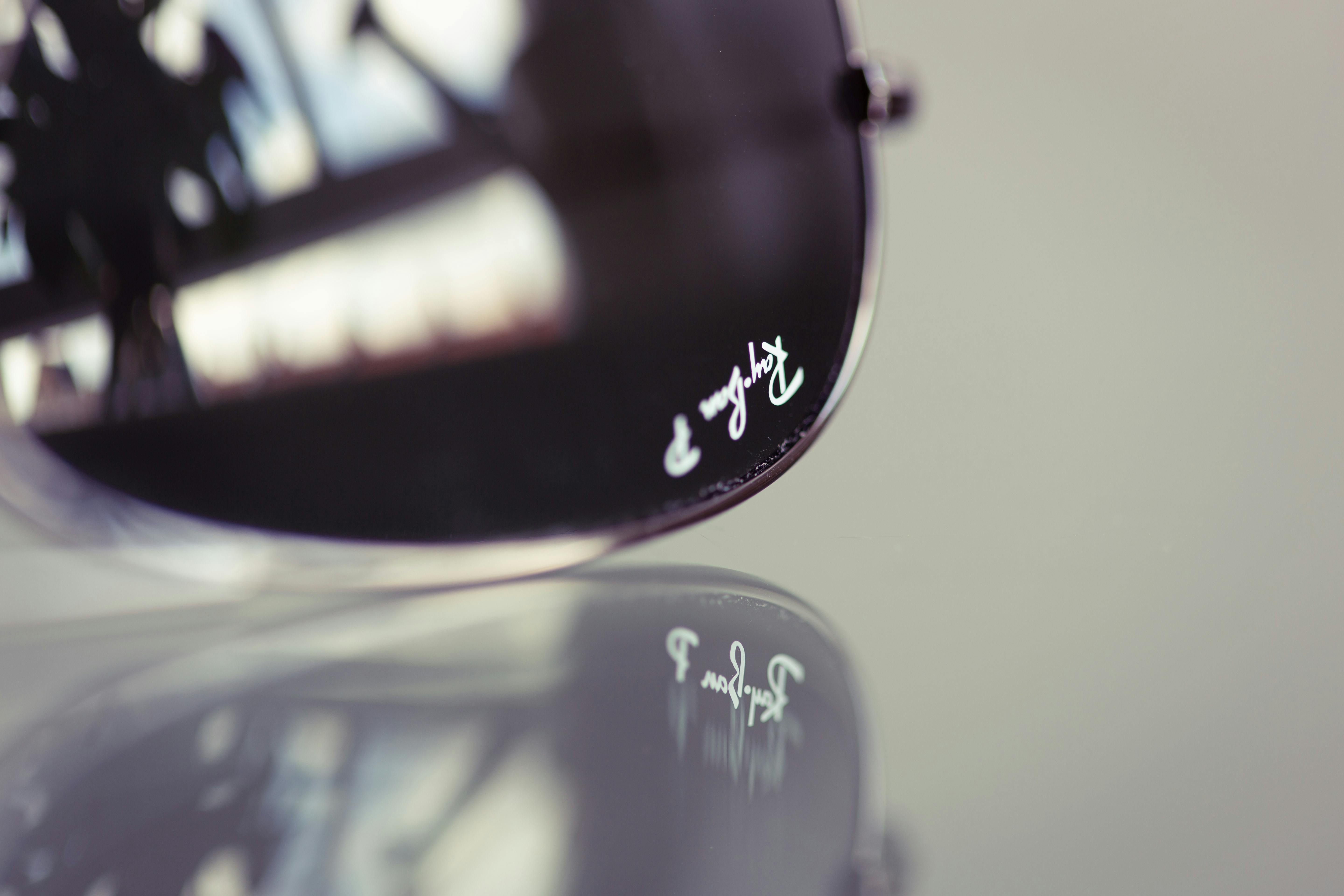How people used to hack retro software
You’d be forgiven for thinking I’m teaching you how to make illegal pirated copies of your software after reading the above title. Well rest assured I will not be walking the plank as this article is for informational purposes only. As a programmer, I understand how software piracy can hurt businesses, so I don’t recommend it. There is a lot of good software out there that can be downloaded for free, especially if you don’t need all the fancy features of expensive software. This article explains how people used to hack software from retro computers like the Spectrum and Atari ST.
SPECTRUM AND COMMODORE 64
Spectrum and C64 software came on cassette tapes that were inserted into data recorders (or tape recorders) and could be loaded into memory by typing a command such as load “”. These computers wired in a series of sound signals that were never pleasant to listen to as they were horrible screeching noises. Quite often, you would have to wait up to ten minutes (especially for a Spectrum 128k game) to load when it might fail, meaning you had to readjust the volume and start over. In the event of a low recording, the game cassette would normally have a separate copy on the other side.
Most people could copy these games by using a hi-fi system with dual cassette players. By inserting the original game cassette into the first deck and pressing “play”, and inserting a blank cassette into the second deck and pressing “play and record”, you could get a perfect copy. You can buy cassette tapes to save data, such as a C15 that allows you to record up to fifteen minutes. Some people would use a C90 which would allow them to store many games at once.
If you didn’t have access to double cassettes, then you could use software. On the Spectrum you could use something like “007Spy” which would allow you to load the entire game into memory and then back it up to a blank cassette. Some games had different ways of loading, such as pulsating (or clicking) loaders, a method used by many Ocean Software games. This led to the release of other software capable of addressing these loaders. The average Spectrum game would consist of a small piece of code (the header), a loading screen, and the main code. This is the standard charger, easy to copy.
When the Spectrum 128k +3 was released, it came with a built-in floppy drive. Since only so many games were released on +3 discs, methods were used to transfer them from tape to disc. The standard charger was easy. All I had to do was type merge”” to access the editor code and save it to disk +3 (save”a:program-name”). It would then load the highest loading screen into memory (load code “screen name” 30000) and save it to disk +3. Finally, you would do the same with the main code, adding the load commands to the main header code.
For the more complicated loaders, a suite of programs called “007 Trans-Master” was used to convert the files to the standard format so they could be saved on +3 disks.
ATARI ST AND FRIEND
The nice thing about the Atari ST and Amiga computers was that you could get your hands on hundreds of pieces of free software, without having to pirate commercial software. There were many PDLs (Public Domain Libraries) that distributed free software for the price of a disc and postage, and for their distribution work. The actual software is free and covers anything from demos to games and images to music files. There was also the shareware method where you pay a small subscription fee to receive extras for full versions of the software and license software where the PDL would offer a small commission to the original contributor.
Atari ST software was normally copied using dedicated disk copiers such as “Fast Copy”, while the Amiga used the popular “X-Copy”. However, some discs were protected and therefore more powerful copy software had to be used.
PROTECTION METHOD
Software publishers have used many forms of production to prevent copying, such as more complicated loaders in Spectrum. Other methods would require the user to enter a word or letter from the manual before being able to enter the game, or to choose a series of colors or symbols from their book to match those that appear on the screen. Some games let you think you’ve copied them until you’ve played them for so long and notice some nasty surprise. The game “Shadow of the Beast” reverses the screen on certain levels, for example.
This led to the rise of cracking groups, such as the famous “Pompey Pirates” on the Atari ST, which hacked the game and removed copy protection. They would then release a series of games (both pirated and packaged) on a single floppy disk that would be passed around to various users.
CONCLUSION
The battle between software publishers and pirates continues, and people will always want free software if they can get it. Old retro software is freely available for download on various websites for people who want to relive the good old days, so there is no need to copy them from the originals. I’m not going to tell you how to copy the latest PC software. I only wrote this article to explain how people used to back up their software for older systems. I pointed out that there is a lot of free and cheap software available for the PC and I urge you to use it instead of resorting to piracy.
